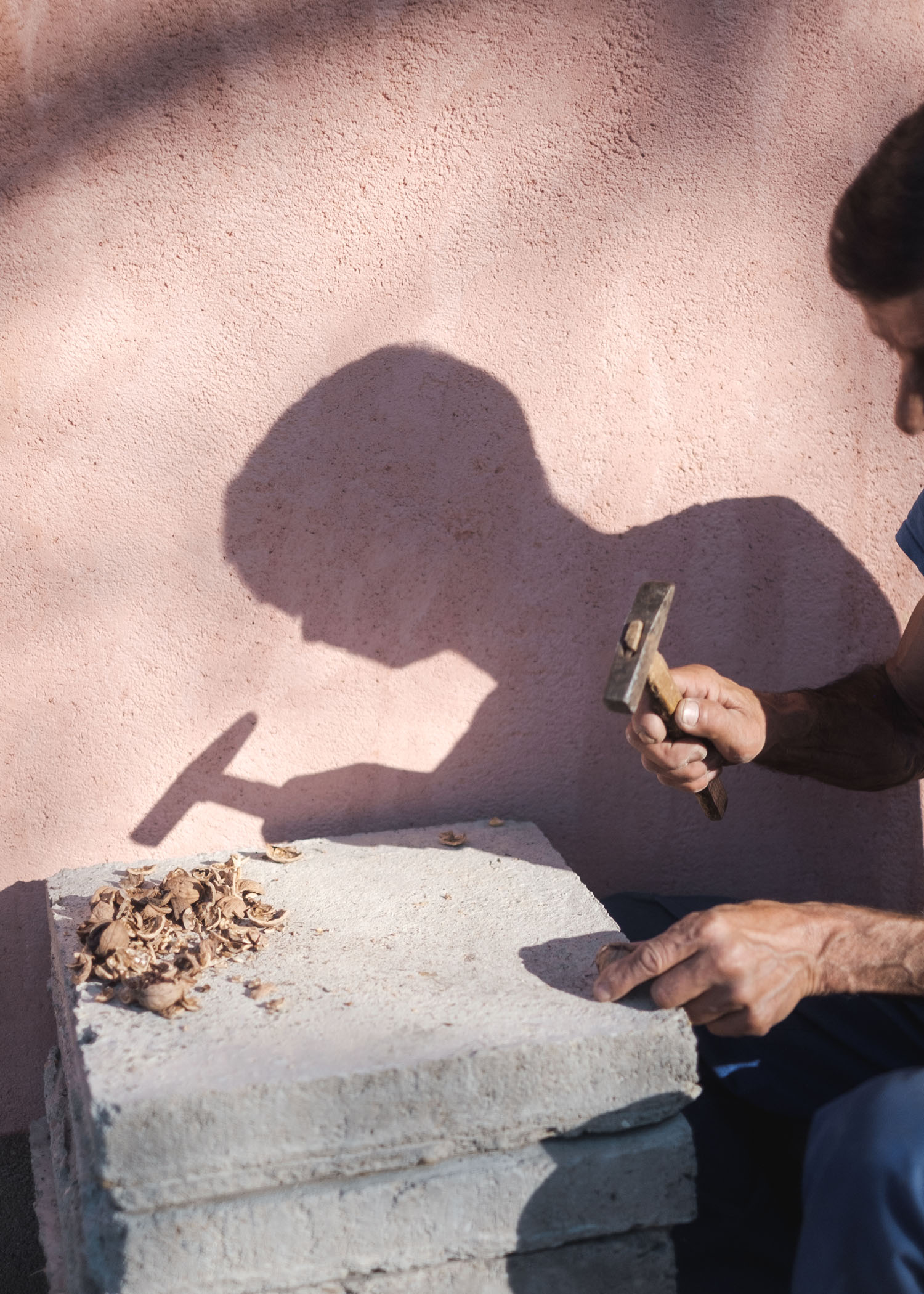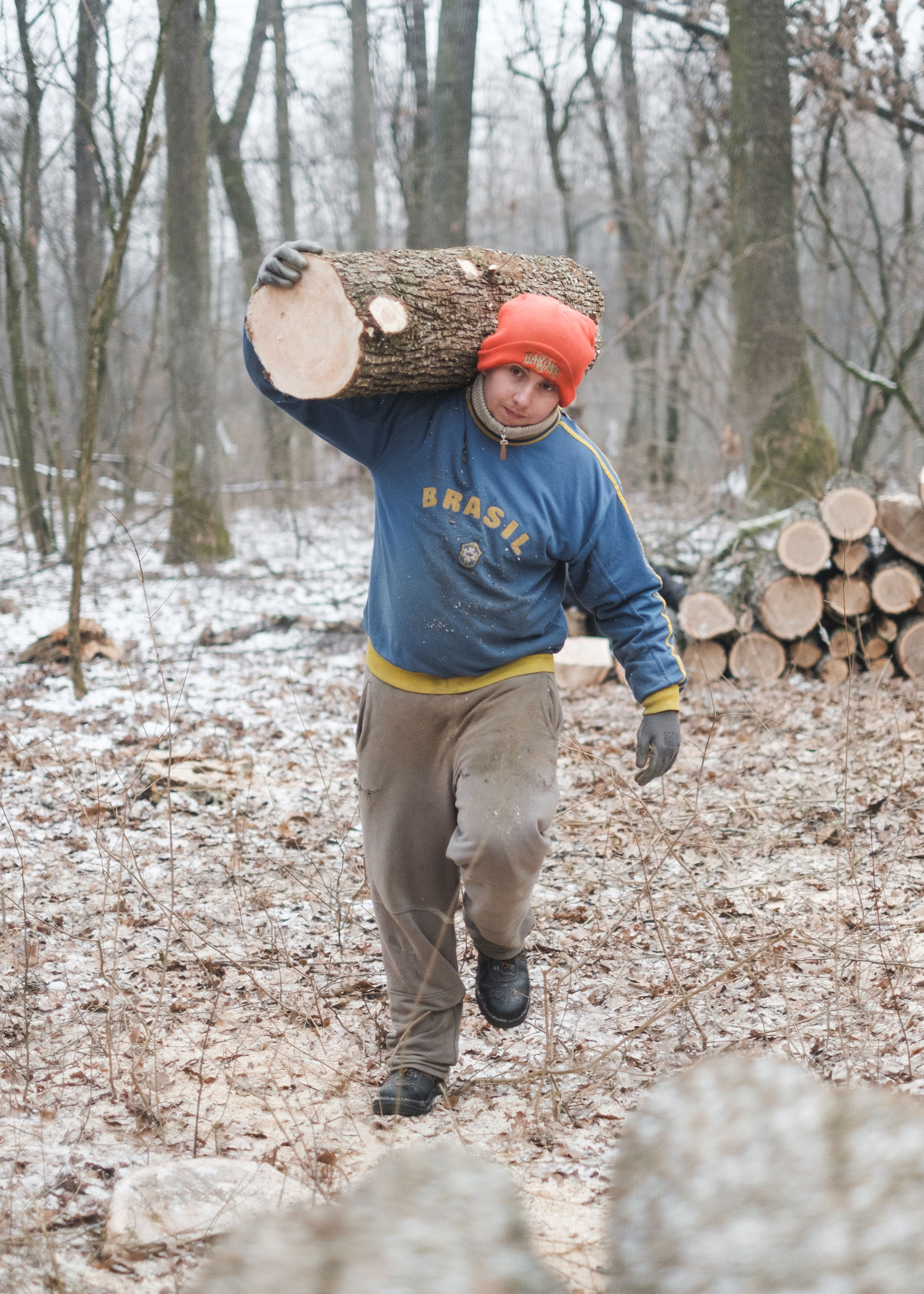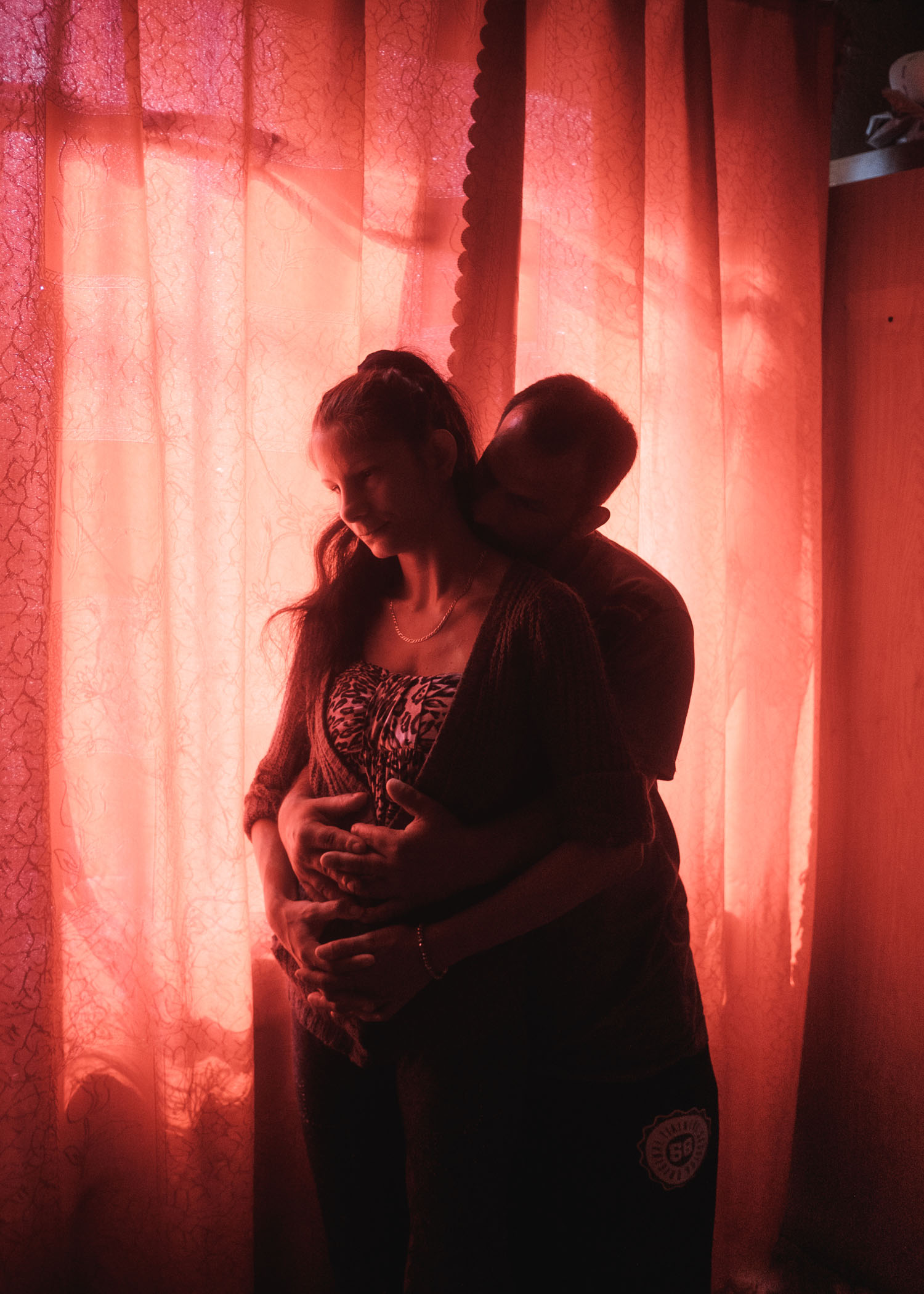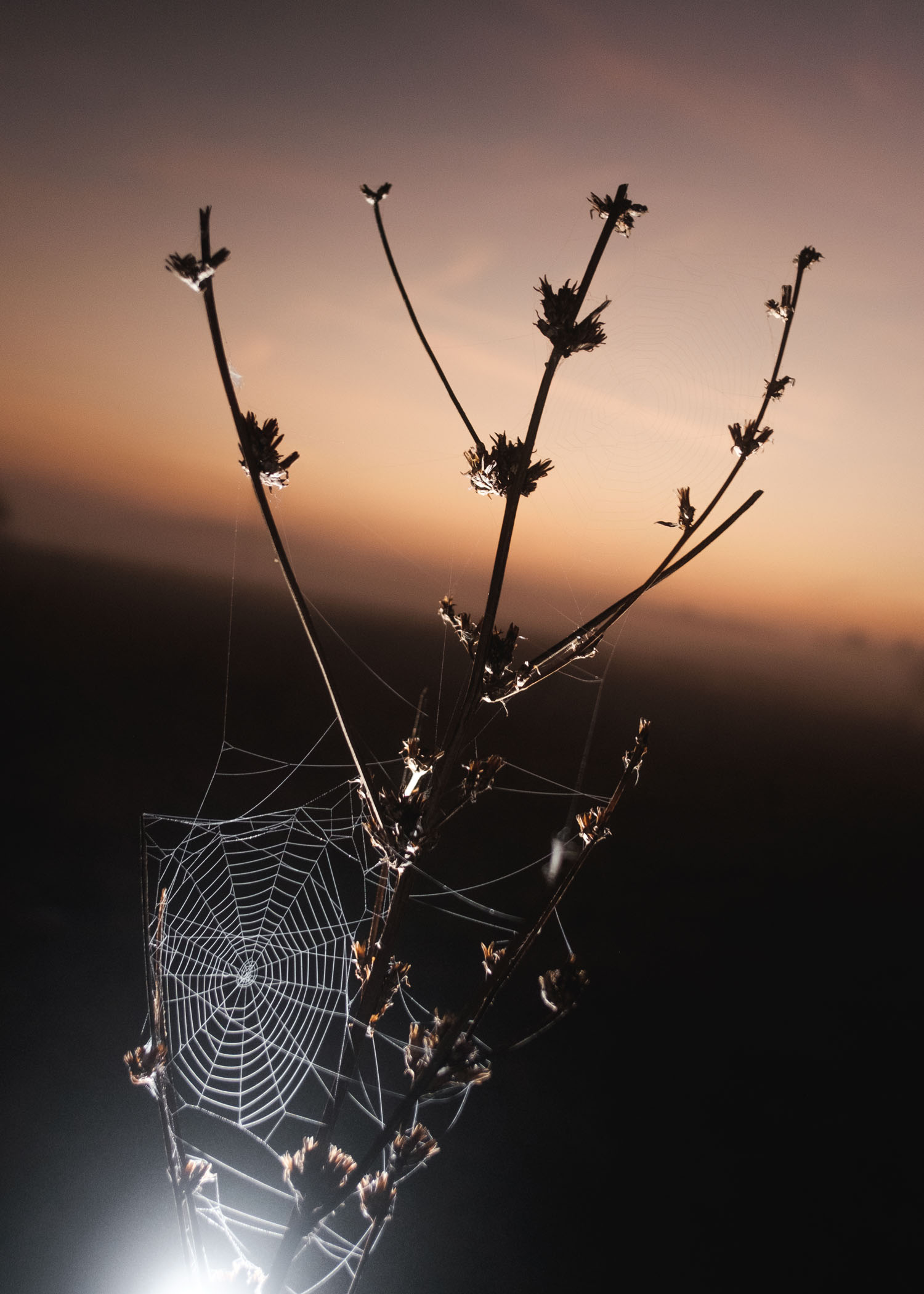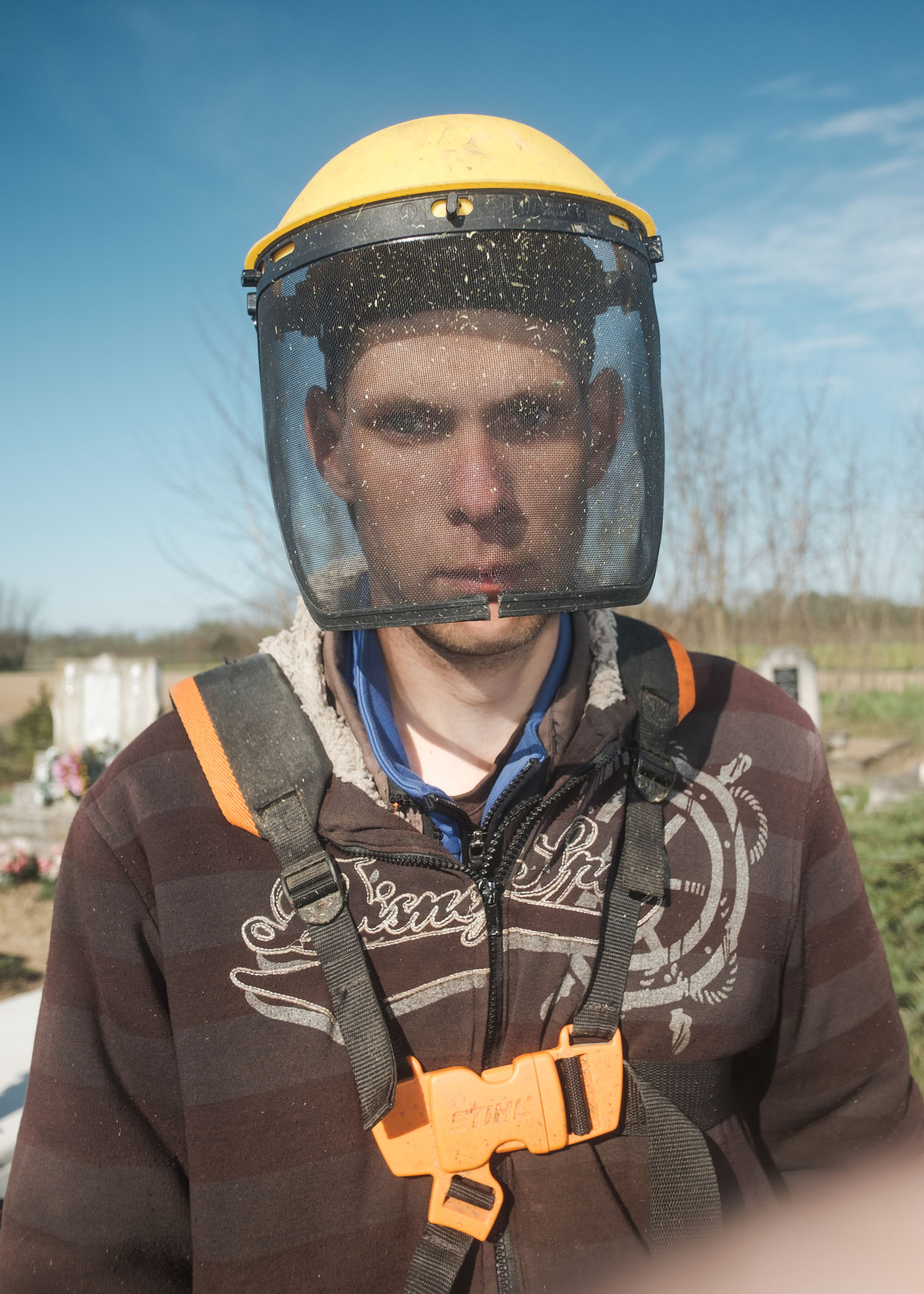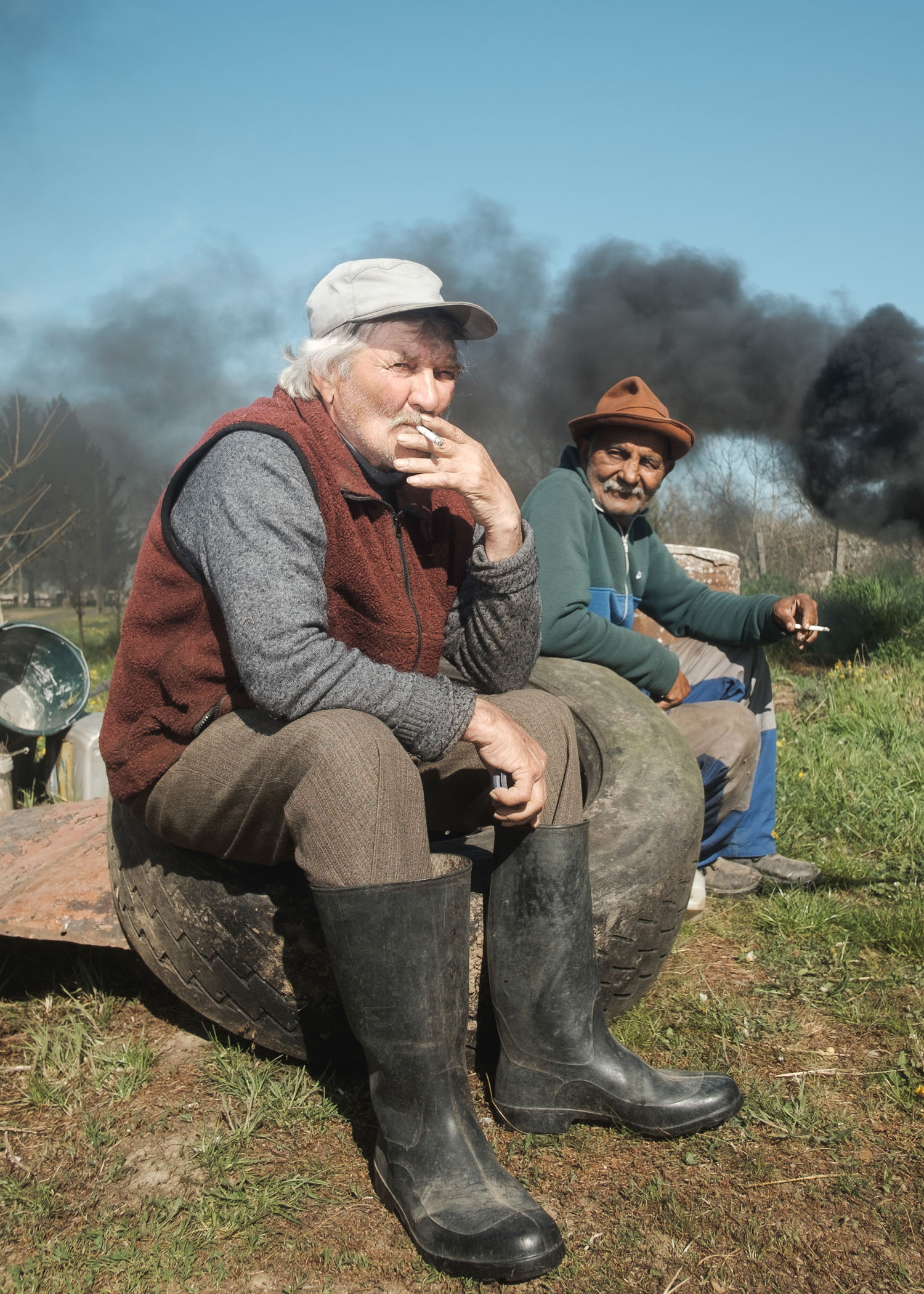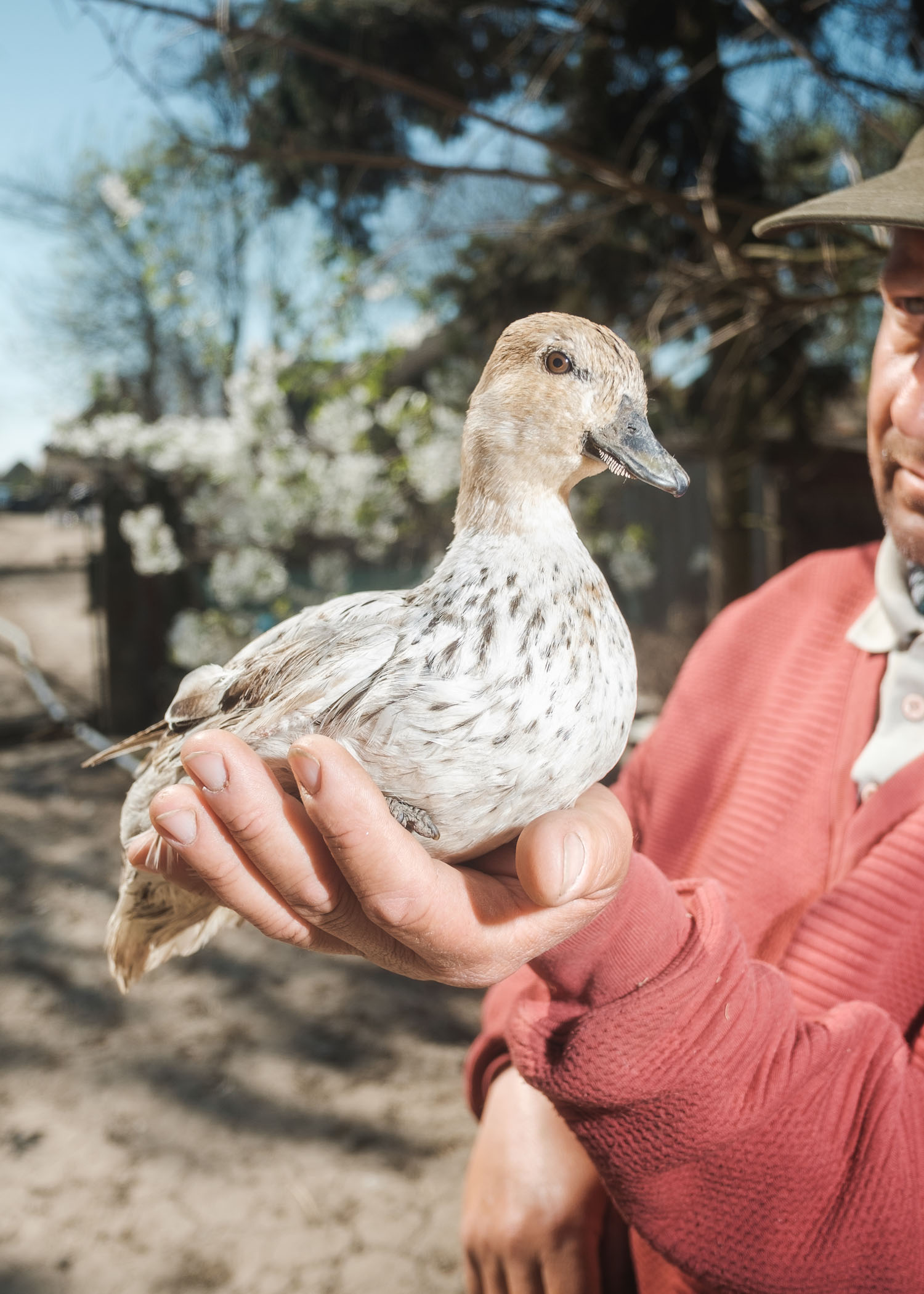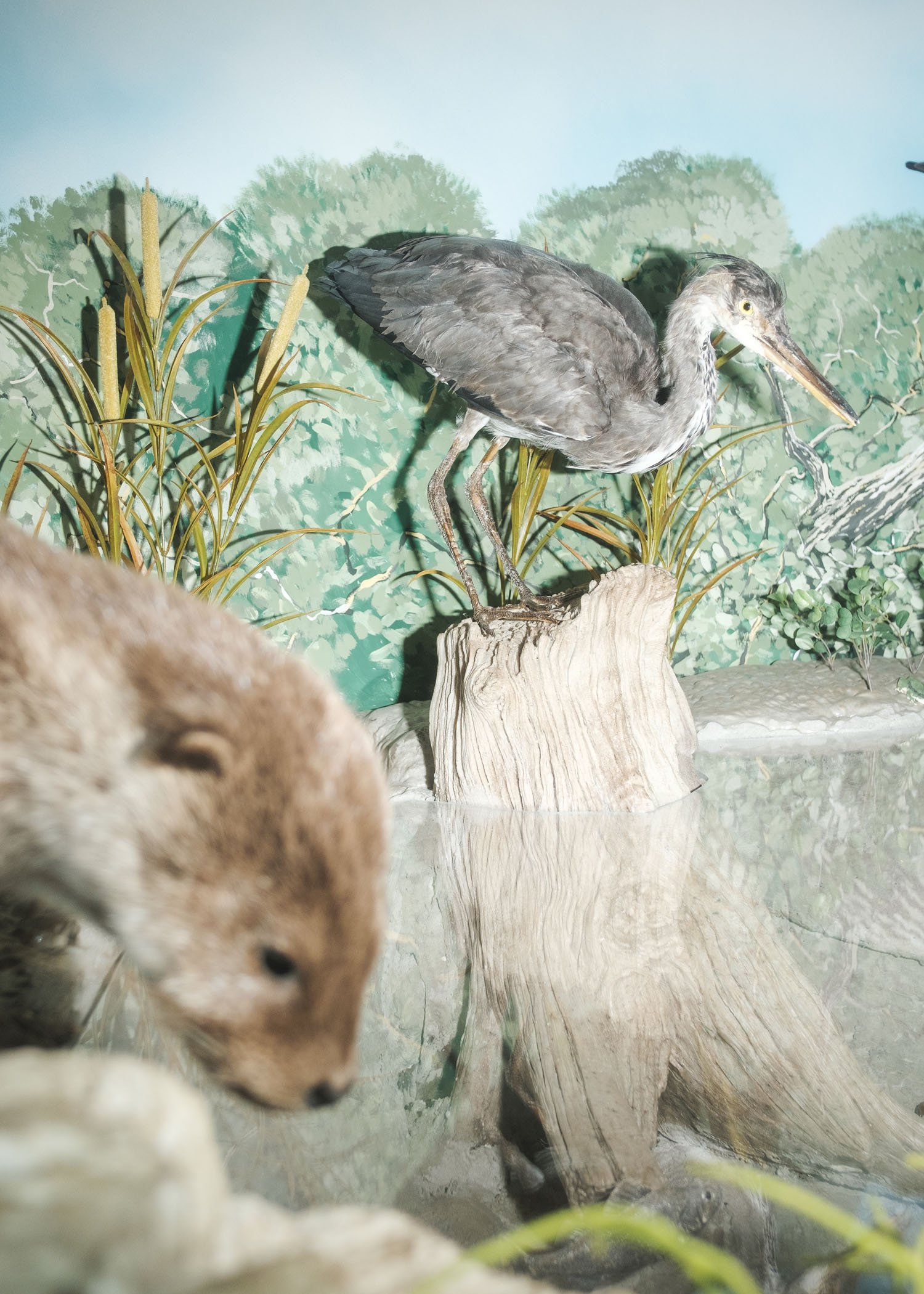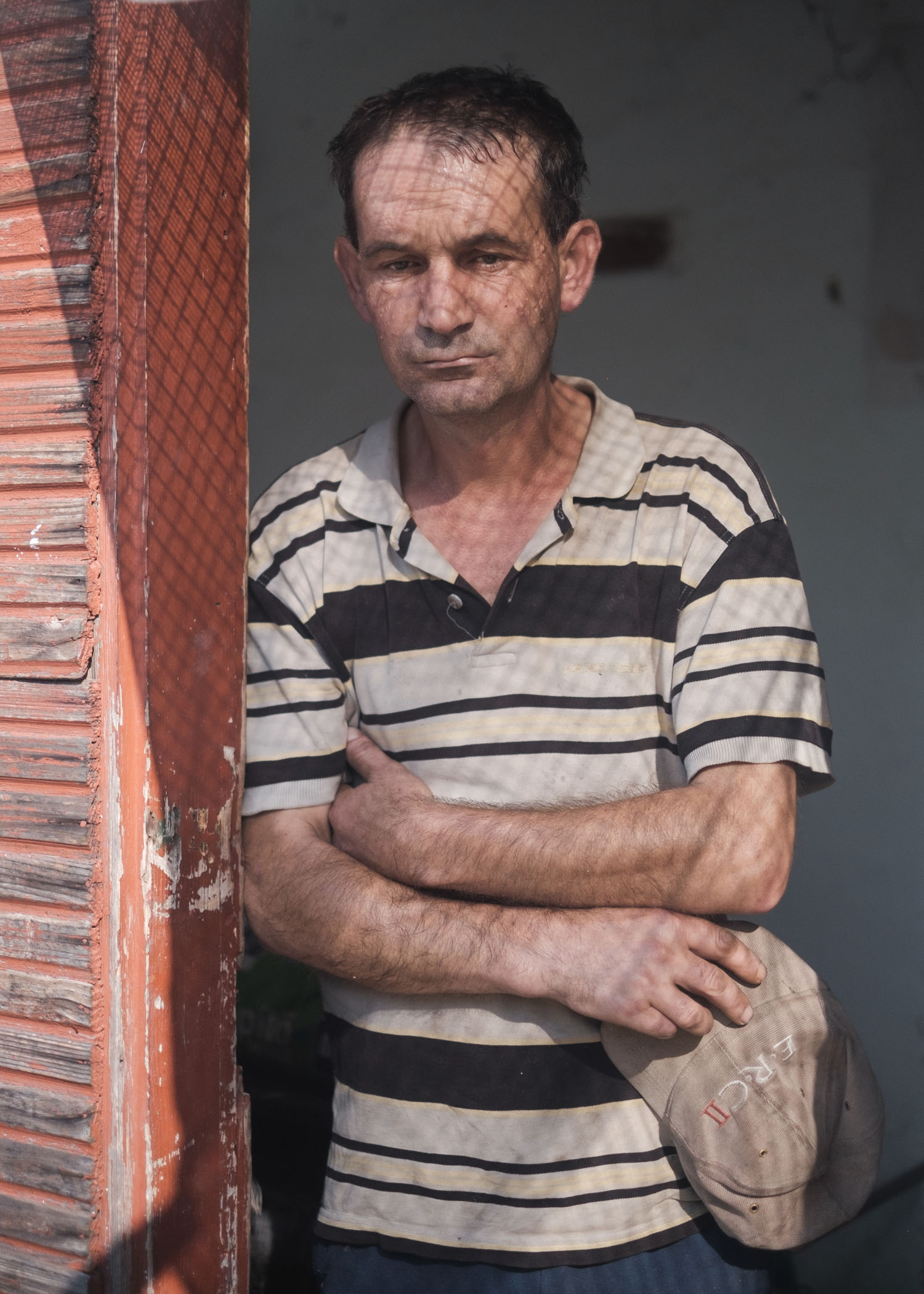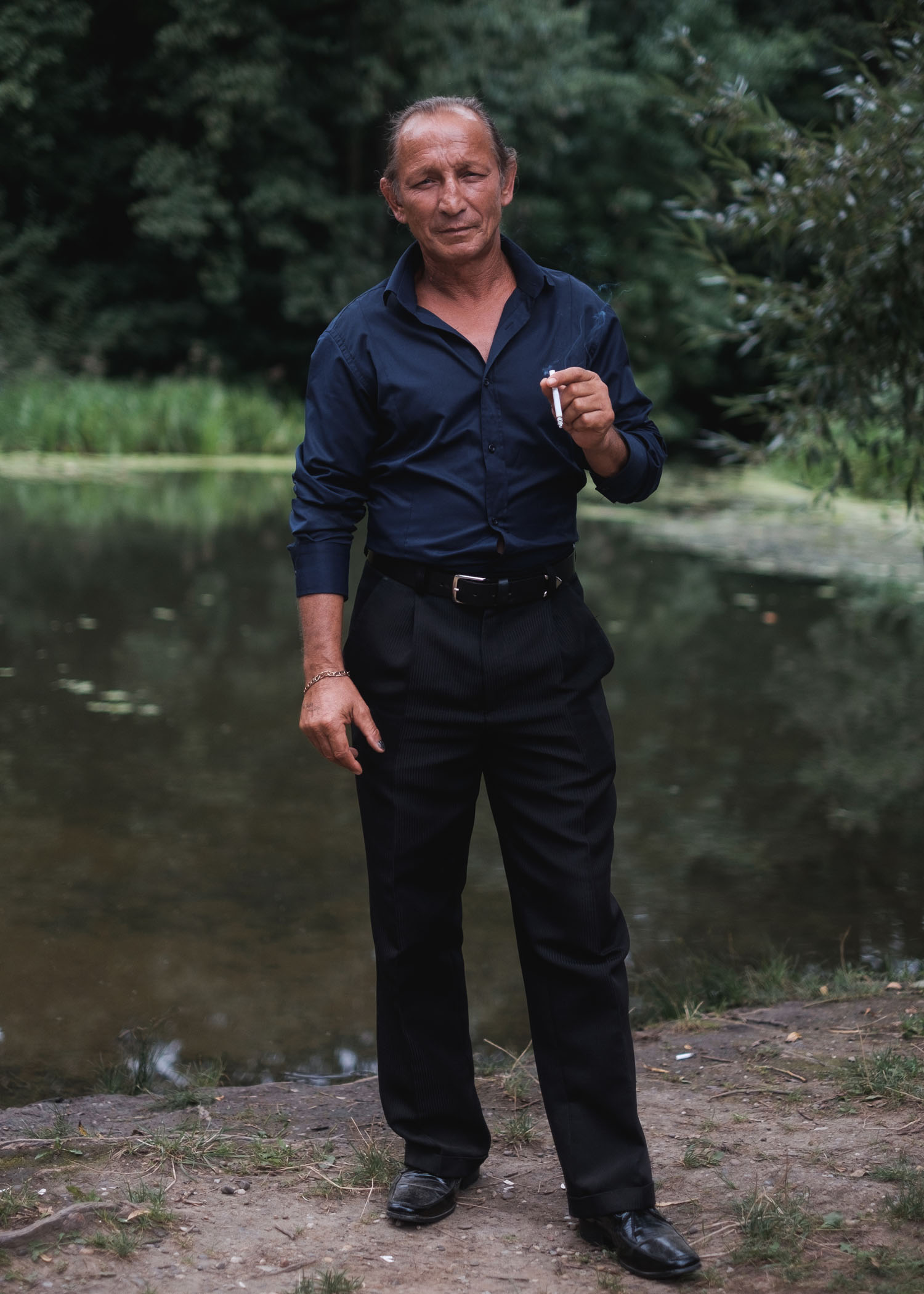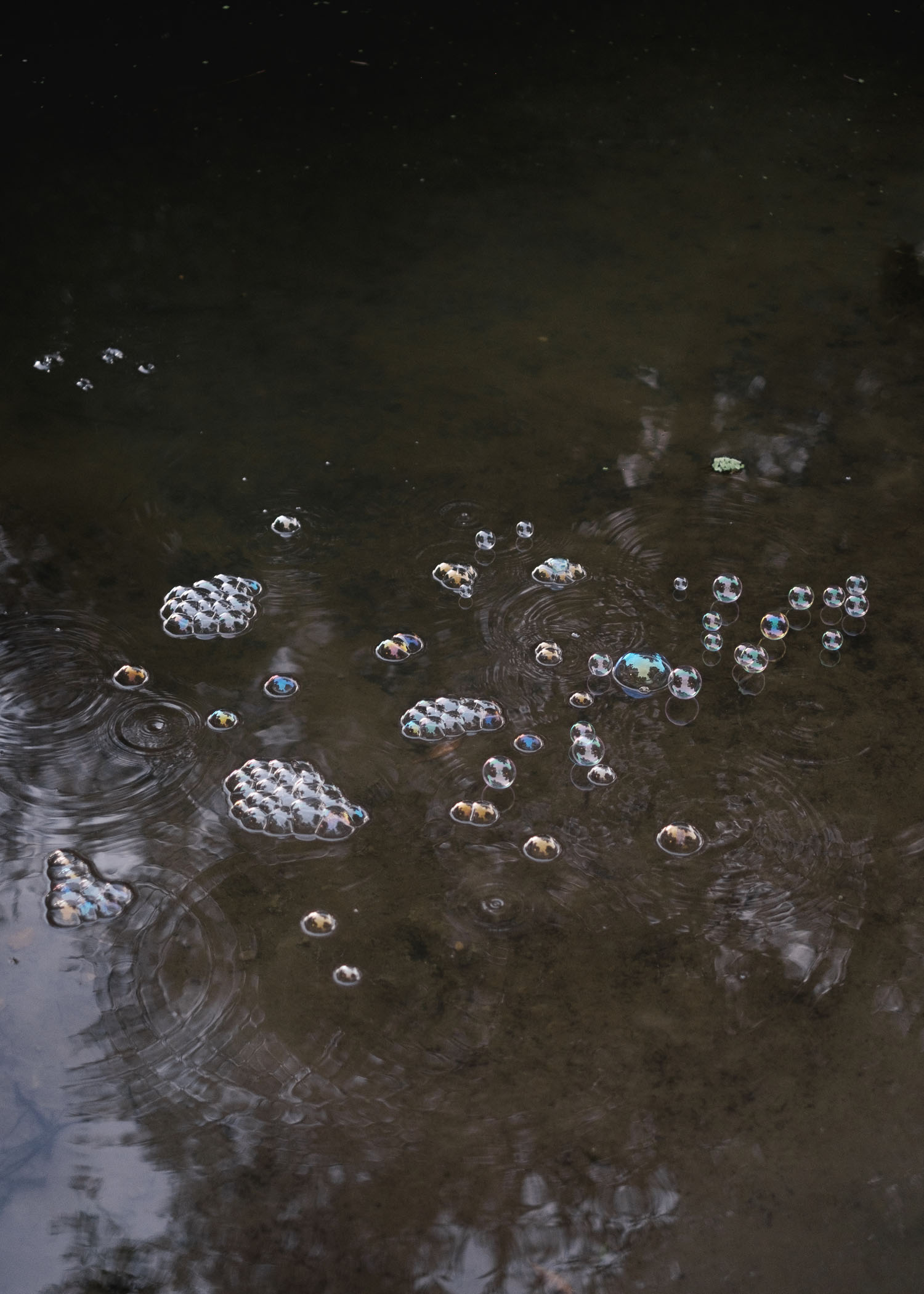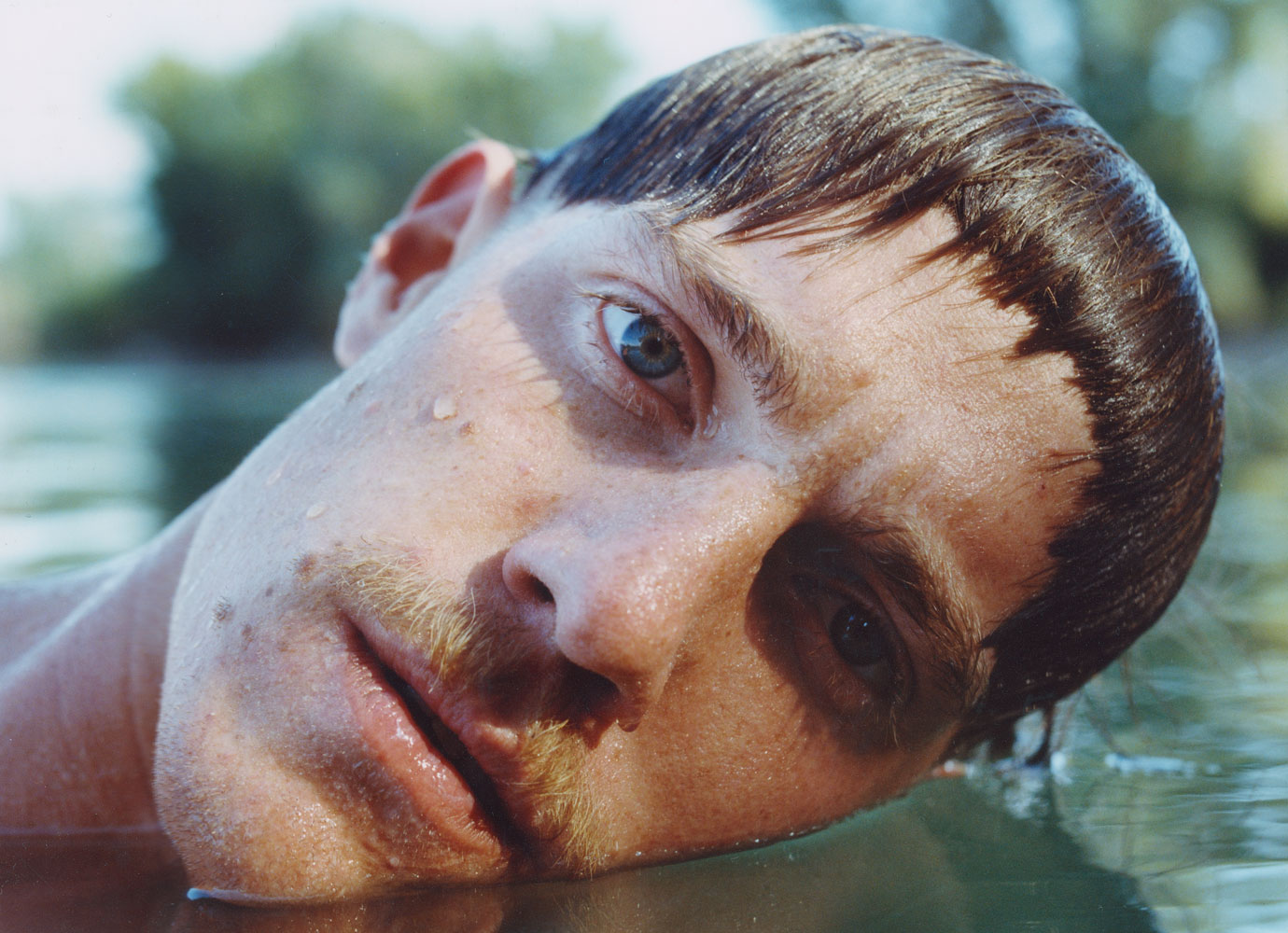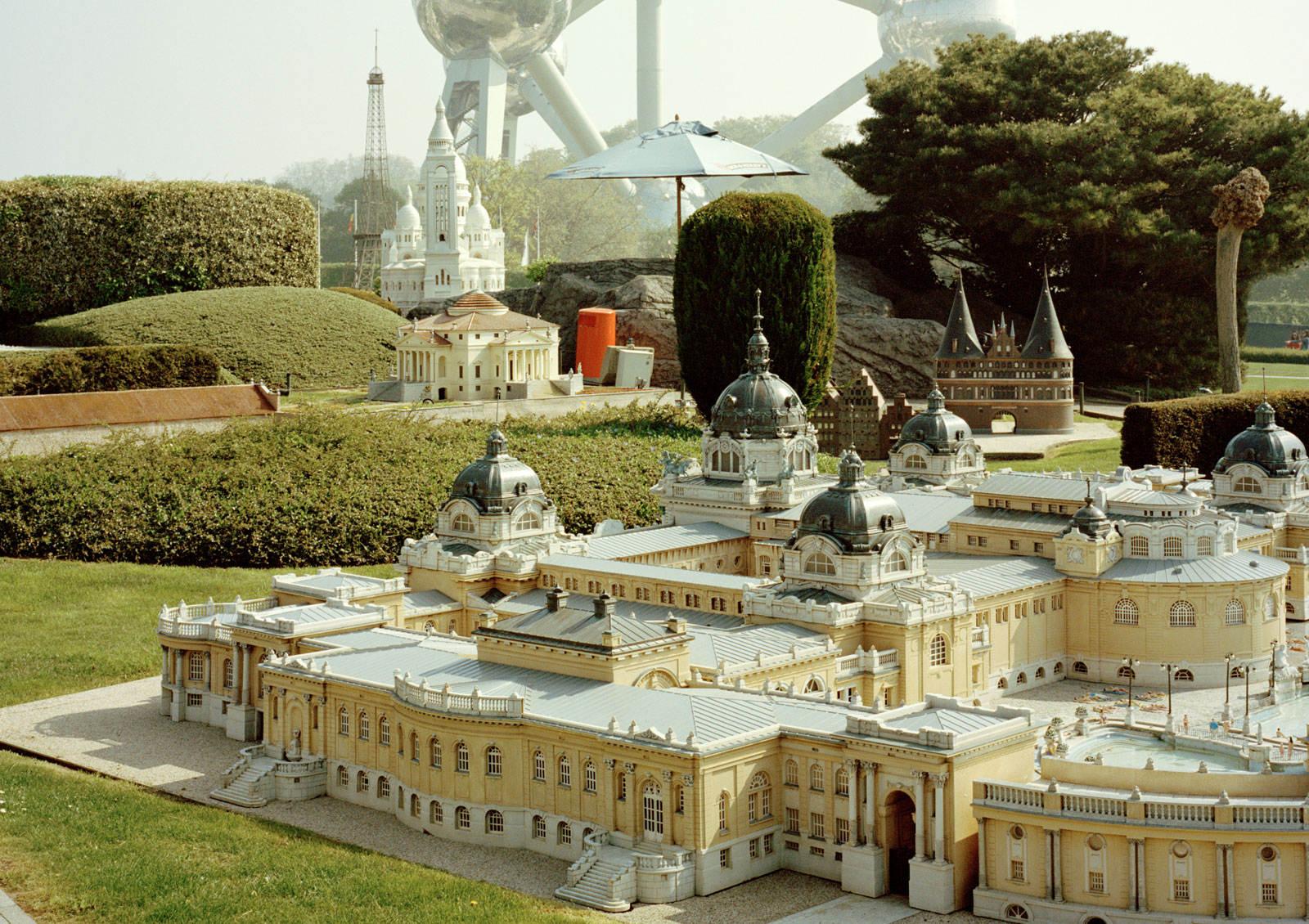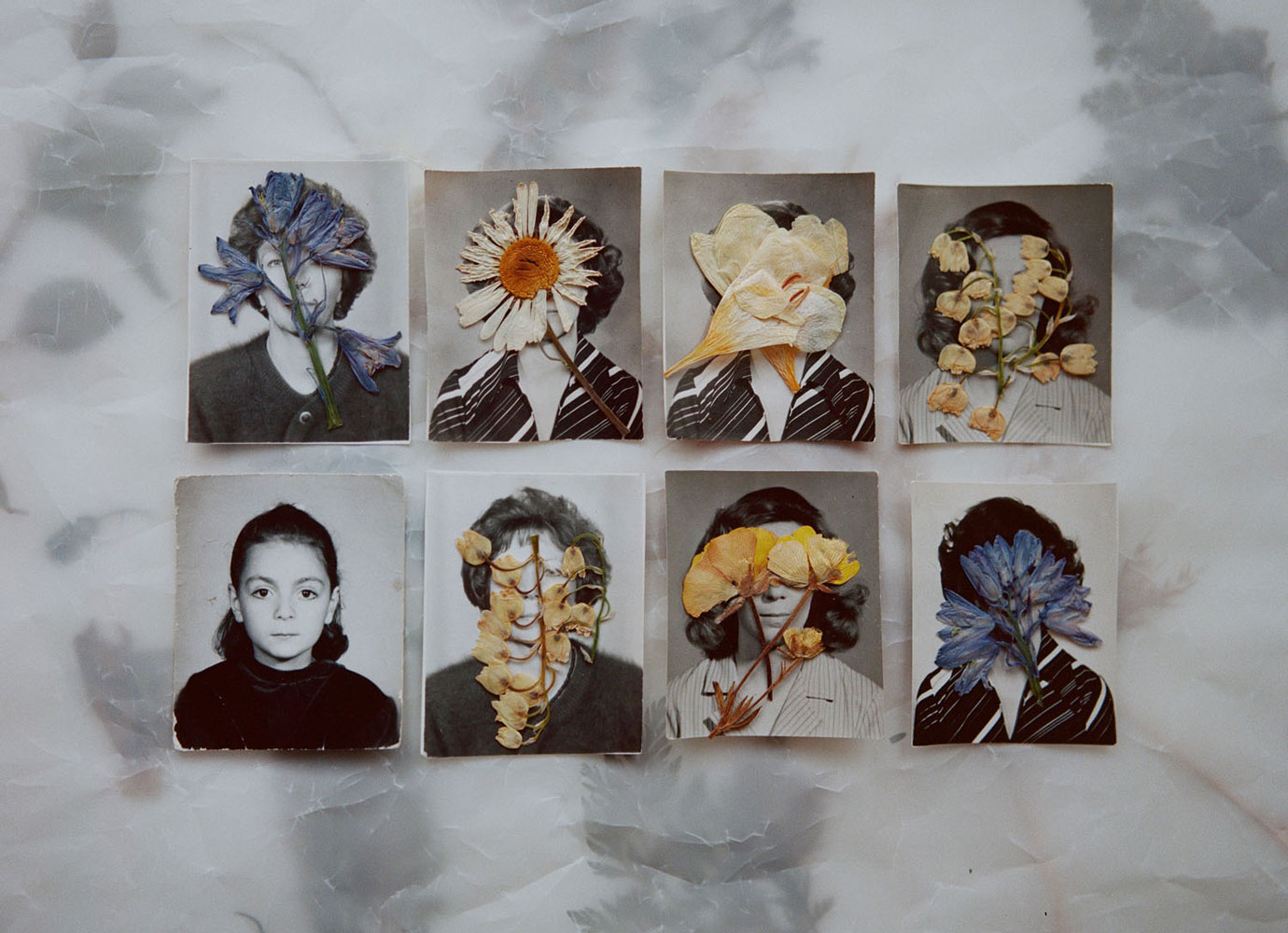Lumber and leisure: a glimpse at life along Hungary’s Öreg-Túr river
Our biennial New East Photo Prize is back — this year, with 11 new finalists. Below, get to know Hungarian photographer János R. Szabó, who celebrates his rural upbringing in Stories Along the River Öreg-Túr.
Born and raised in Kömörő, a small village just 15 kilometres from Hungary’s border with Ukraine, János R. Szabó spent almost every day as a young boy by the Öreg-Túr river. “Our village had two bathing spots,” he recalls, “but occasionally we’d visit the beaches of the neighbouring towns. In winter, we’d ice-skate on its surface.”
Spanning 90 kilometres, the Öreg-Túr connects a small area comprising eight villages in a corner of north-eastern Hungary. Compared to Europe’s landmark waterways — the Danube, the Rhône, the Rhine — the Öreg-Túr holds a modest reputation. Its only notable mention is found in a verse by 19th-century Hungarian poet Sándor Petőfi, who calls it “little Túr” and compares it to “a weary child that seeks its mother’s breast”, for the way it feeds into the longer Tisza river. “That’s how most Hungarians will be familiar with it,” remarks the photographer. By contrast, his project Stories Along the River Öreg-Túr presents the river as a powerful lifesource that creates incomes, recreation, and nurtures nature and community.
Szabó set out to document the livelihoods by the river — from fishing, to kayaking, to brickwork, and beekeeping — and had planned to paddle the whole stretch of the river to shoot the project. “Five of the villages could be reached by water,” he says, while the other journeys he split between bike and boat. “The first photo I took is the image of the boy floating on the surface of the water. Up to that point, I was looking for a visual language for the project — the perfect ratio of romanticism and realism. With this photo, I felt I’d found my footing.”
Szabó strikes the balance between capturing his rural roots with childlike glee and showing the personalities and fortitude of Hungary’s rural workforce. “The villagers lead a life akin to each other. They farm, run local schools, grocery stores, post-offices, and factories. Work is the single most important activity that defines the people who live here. The river, I realised, is more work than fun: there’s a lot of tireless labour involved.”
Stylistically, Szabó keeps his portraits relaxed, playful, and off-kilter, further exaggerated by the use of a daylight flash. You can even see the photographer’s finger in the corner of one of the photos. Someone holds a duck up to the camera. Another shot shows a young man photographing the sunset with his new camera phone. These photos look like they would have been taken mid-way through an intimate conversation. “Photo stories or documentaries about rural Hungary usually show the hardship of life: poverty and cultural transformation,” says Szabó. “Our region has seen plenty of that, but I’m more interested in personal stories, people’s joy, their solitude, attachments, and memories.”
While working on Stories Along the River Öreg-Túr, Szabó came to the realisation that he was shooting something other than a portrait of labour and leisure in northeastern Hungary: that this was, in part, an ode to the men he was surrounded by and looked up to when he was a boy. The resulting project is not exactly a coming-of-age story, but it does ask how one can see a place differently through adult eyes. It is as if, through the making of this story, both the “little Túr” and the photographer grow up together, though neither are ready to let go of their childhood memories.
